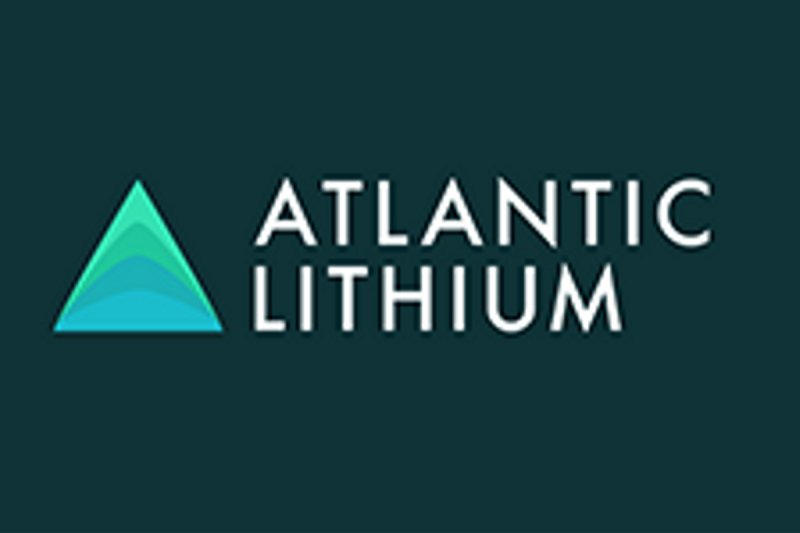As the mining industry continues to be a crucial sector for economic development and resource extraction, the granting of mine operating permits plays a significant role in regulating operations and ensuring compliance with environmental and safety standards. Mines around the world are required to obtain operating permits from regulatory authorities to legally operate, with the process often involving a comprehensive review of factors such as environmental impact assessments, safety measures, and community engagement.
One of the primary considerations in the granting of mine operating permits is the potential environmental impact of mining activities. Before a permit is issued, mining companies are typically required to conduct thorough environmental impact assessments (EIAs) to evaluate the potential effects of their operations on the surrounding ecosystems, water resources, and air quality. These assessments help regulatory authorities determine whether the proposed mining activities are sustainable and comply with environmental regulations. Companies may need to develop mitigation measures to address any adverse impacts identified in the EIA, such as reclamation plans to restore mining sites after operations cease.
Another key aspect of the permitting process is ensuring the safety of mine workers and nearby communities. Mining operations can pose significant risks to the health and safety of workers, as well as to the communities living in proximity to mines. As a result, regulatory authorities often require mining companies to demonstrate their compliance with stringent safety standards, including measures to prevent accidents, provide proper training for workers, and implement emergency response plans. Companies may also need to conduct risk assessments and regularly submit reports to regulatory authorities to ensure ongoing compliance with safety regulations.
Community engagement is also a critical component of the mine permitting process. Mining operations can have far-reaching social impacts on local communities, including changes to land use, infrastructure development, and economic opportunities. As such, regulatory authorities often require mining companies to engage with stakeholders, including local residents, indigenous groups, and non-governmental organizations, to address concerns and incorporate community feedback into their operational plans. Companies may need to develop community relations strategies, establish grievance mechanisms, and participate in public consultations to build trust and transparency with local communities.
In conclusion, the granting of mine operating permits is a complex process that requires careful consideration of environmental, safety, and social factors. Regulatory authorities play a critical role in overseeing mining activities and ensuring that companies comply with relevant regulations to minimize negative impacts on the environment and communities. By adhering to stringent permitting requirements and engaging with stakeholders, mining companies can contribute to sustainable development and responsible resource extraction practices.
